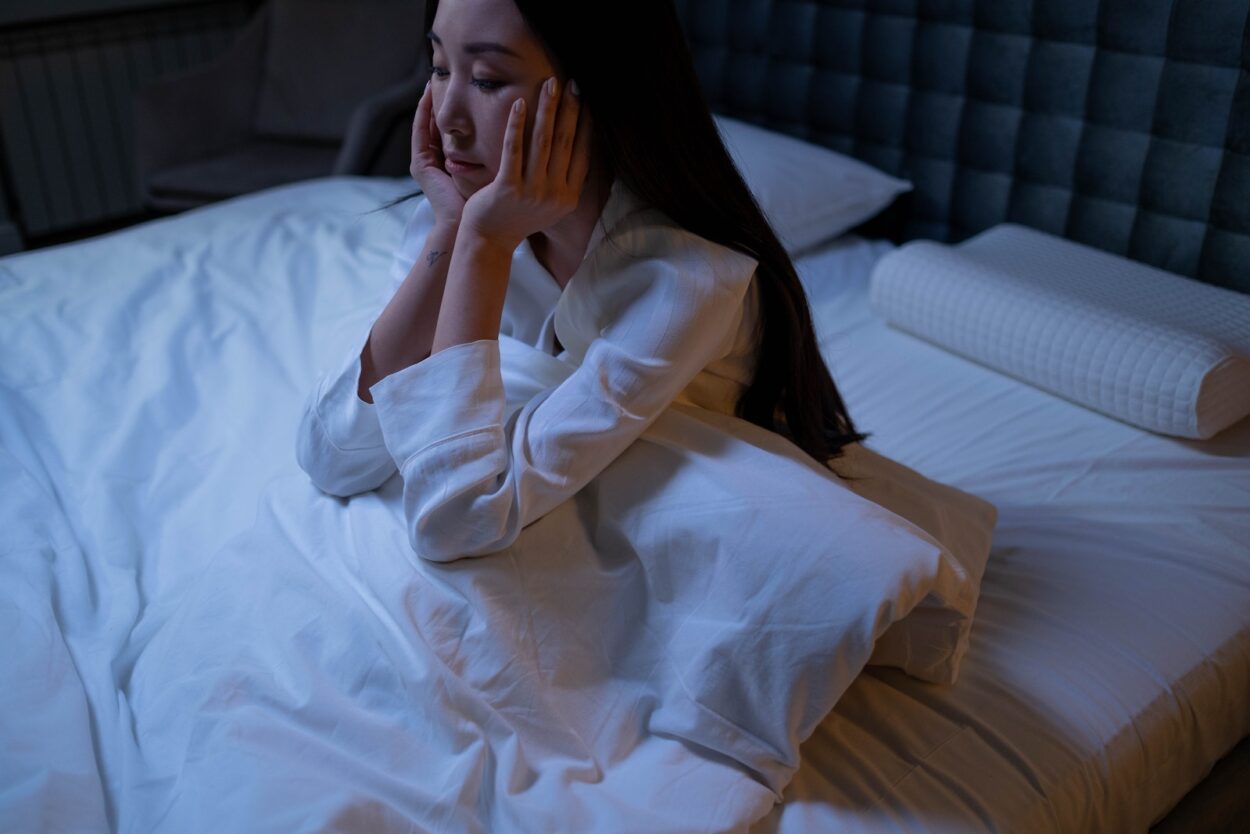Many people with psychologically healthy backgrounds report experiencing insomnia even though objective studies reveal no sleep pathology. These “pseudoinsomniacs” typically have learned associations associated with their environment that inhibit sleep.
Yerkes-Dodson’s inverted U theory states that a person performs best with an optimal level of stimulation. Too little and they will feel bored; too much and they will feel overwhelmed.
Nightmares
Nightmares are bad dreams that occur during the REM stage of sleep. They often involve fear or trauma, and they can make a person wake up feeling distressed. Nightmares are more common in children and adolescents, and they decline in frequency with age. They are also more common in women and people who have a variety of mental health conditions.
In some cases, nightmares are a symptom of psychiatric disorders such as depression and anxiety disorders. They may also be a side effect of some medications that affect norepinephrine, serotonin, dopamine, and/or acetylcholine (such as antidepressants, angiotensin-converting enzyme inhibitors, or clonidine). Frequent nightmares have also been reported in association with borderline personality disorder and schizophrenia. Nightmares are more prevalent during periods of stress and can occur in response to traumatic events such as sexual assault, war, or death of loved ones.
The most effective treatment for nightmares is psychotherapy, including cognitive behavioral therapy approaches such as imagery rehearsal therapy and image reversal. If nightmares are caused by medication, discontinuing or changing the dosage may be helpful.
Sleepwalking
Sleepwalking or somnambulism is a parasomnia that can be frightening for those who experience it and those who witness episodes. It occurs during non-rapid eye movement (NREM) sleep, and is most common in children. It typically happens in the first half of the night, and people with this condition have little or no recollection of an episode when they wake up.
Like other NREM parasomnias, sleepwalking can be triggered by factors that increase slow-wave sleep and the ability to be awoken from it, including stress, alcohol consumption and some health conditions such as obstructive sleep apnea. It also appears to run in families.
It’s important to see a doctor about any sleep disturbances, especially when a person is at risk of injury. The doctor may ask a patient to keep a sleep diary, look at medical history and review medications and use of alcohol or drugs. If the doctor thinks there’s a cause, they may order an electroencephalogram or sleep study. This test involves placing electrodes on the head to record brain activity. Then, they can determine if there is an underlying issue such as a seizure disorder or a restless leg syndrome (RLS). These issues may need to be addressed with medication or treatment.
Night Terrors
A frightening and sometimes disturbing event, night terrors are episodes of awakening suddenly from sleep with a screaming fit. The episode typically lasts from a few minutes to an hour and the person experiencing it doesn’t remember the event in the morning. They’re unresponsive to attempts to calm them down or comfort them and are at risk of harming themselves or others.
Also known as pavor nocturnus, these episodes are the result of a disruption to NREM sleep. During a sleep terror, the brain is highly active and shows signs of rapid breathing, a fast heart rate and profuse sweating. In some cases, the person may bolt out of bed and run around the house.
The best way to prevent night terrors is to ensure that the sleeping environment is dark and quiet. In some adults, this can reduce the frequency of the episodes. If you or someone you know has frequent episodes of night terrors, talk to a sleep specialist. They can help determine whether an underlying cause is present, such as sleep apnea or mental health issues and recommend a treatment plan.
Electronic Devices
Modern society is reliant on technology to facilitate education, communication and entertainment. But these devices can also disrupt your sleep patterns, causing overstimulation before bed and cutting into your overall sleeping time if not used properly.
Using an electronic device before bed to check email, text friends or catch up on the latest news puts your body in a state of stress. Even a low level of stress triggers the release of cortisol, which makes it difficult to relax and fall asleep.
Various studies have shown that screen use at night – particularly on electronic devices like laptops, tablets and televisions with light-emitting screens — significantly affects the quality of your sleep. In a recent study of adolescents, the use of these devices at night was associated with longer delays between bedtime and sleep onset and with shorter overall sleep duration.




Leave a Comment